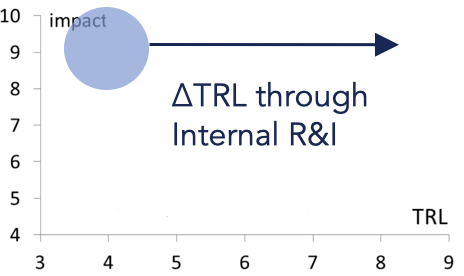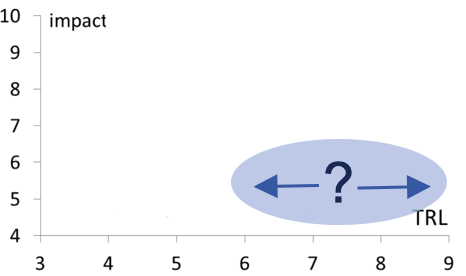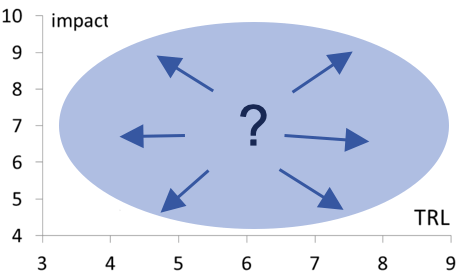There are three situations in which mapping and ranking functional material concepts is a Defense R&I priority
- Highly classified functional material concepts
- Replacement for existing functional materials, with openly accessible technology
- New functional materials concepts, with openly accessible technology
Highly classified functional material concepts: a case of sovereign technology
Highly classified new functional materials are a case of sovereign technology (highest impact). They require investment in technology demonstrators. Joint R&I is difficult to impossible in this area.
Signature materials are highly classified advanced functional materials.
Source: Presans
Replacing existing functional materials is often unavoidable
There are several scenarios in which replacing existing functional materials becomes unavoidable:
- Unavailable materials
- Banned materials
- Cost explosion
- Insufficient supply chain independence
Examples include :
- Soldering without lead
- High temperature thermal insulation without asbestos
- HTPB
- Cadmium plating
Source: Presans
The impact of these substitutions is not the highest, but determining the adequate replacement technology may require additional information.
New functional material concepts from outside the defense sector need to be closely monitored
Defense R&I may more or less proactively integrate new functional material concepts that first appeared in other sectors. New concepts include directional thermal properties for thermal management of electronics.
Source: Presans
Industrial innovators in the Defense sector can explore these challenges alone or by joining their forces together
Presans and the Presans Synergy Factory can support industrial innovators in the Defense sector to map and rank new functional materials.





